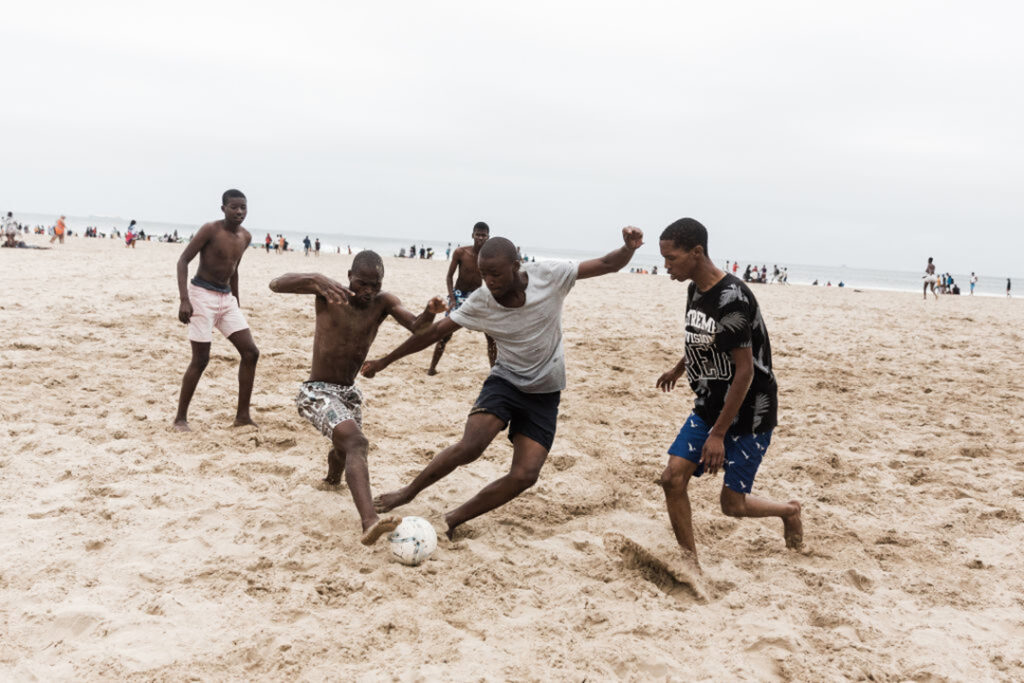ADF STAFF
Africa’s COVID-19 caseload has taken a sharp downturn since peaking around the beginning of the year. This offers hope that the fourth wave of infections may be abating in many countries.
During his February 3 news briefing, Dr. John Nkengasong, director of the Africa Centres for Disease Control and Prevention, reported that new cases had dropped 16% in a week, the latest in a series of weekly declines over the course of January.
The decrease was driven largely by a drop in omicron-driven infections in South Africa, where the COVID-19 variant was first reported. The reduction was enough to prompt the South African government to end its nighttime curfew and relax other restrictions.
While infections declined in South Africa, North African countries suffered a sharp increase in infections over that same period.
Continentwide, the case-positivity rate for COVID-19 sits at 11%.
The omicron variant is more infectious but less deadly than its predecessors, with a case-fatality rate of 0.68% compared to 2.4% for earlier variants, according to the World Health Organization (WHO). Despite that, Africa continues to have the highest COVID-19 case-fatality rate in the world.
The continent’s COVID-19 death toll rose as the variant spread to 39 countries. Deaths were up about 20% over the first weeks of the year — something Nkengasong said is to be expected because death counts trail case counts by several weeks.
“It will subsequently decline if we don’t have another outburst,” Nkengasong said of the death count during a news briefing in February.
Countries are still dealing with the delta variant, Nkengasong said, and it’s unclear how the two variants are interacting in the population.
As of early February, 48 African countries were still experiencing a fourth wave of infections. Nine were in the midst of a fifth wave.
The Africa CDC reported 10.8 million cases of COVID-19 since the start of the pandemic and an official death count of 240,000 in early February tallies. Analysts say the true death toll from the pandemic could be as much as three times that due to poor recordkeeping and deaths outside hospitals that may go unreported.
The pandemic has produced a sharp rise in the continent’s number of intensive-care beds, from 0.8 per 100,000 population to 2 per 100,000, but that’s still not enough to meet demand. Medical oxygen also remains in high demand, according to Dr. Matshidiso Moeti, director of the WHO Africa regional office.
“While the acceleration, peak and decline of this wave have been unmatched, its impact has been moderate, and Africa is emerging with fewer deaths and lower hospitalizations,” Moeti said in a statement. “But the continent has yet to turn the tables on this pandemic. So long as the virus continues to circulate, further pandemic waves are inevitable.”

